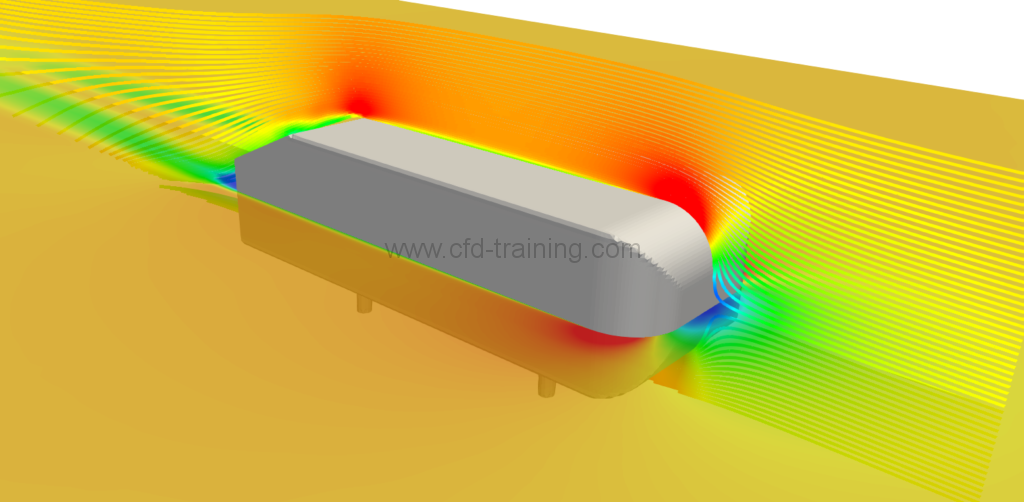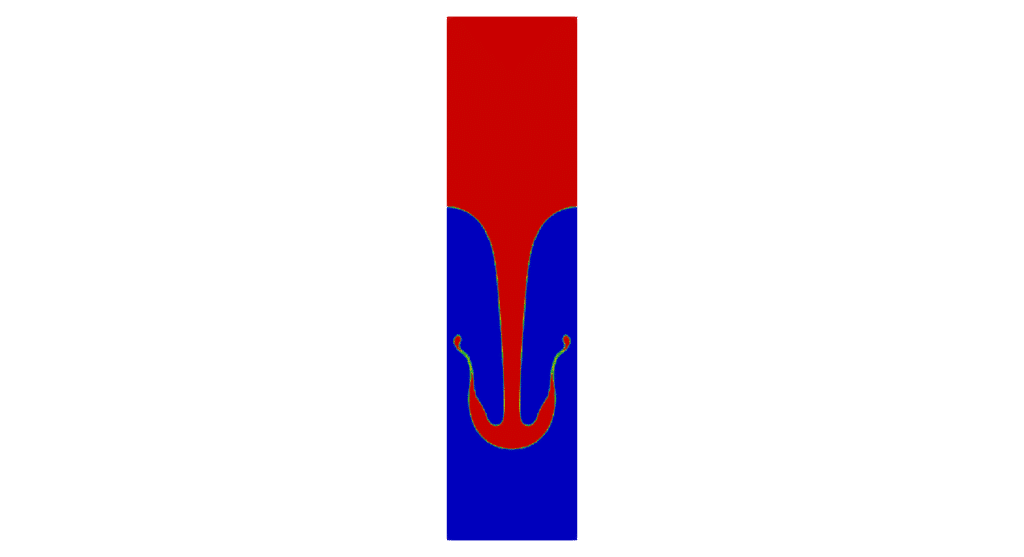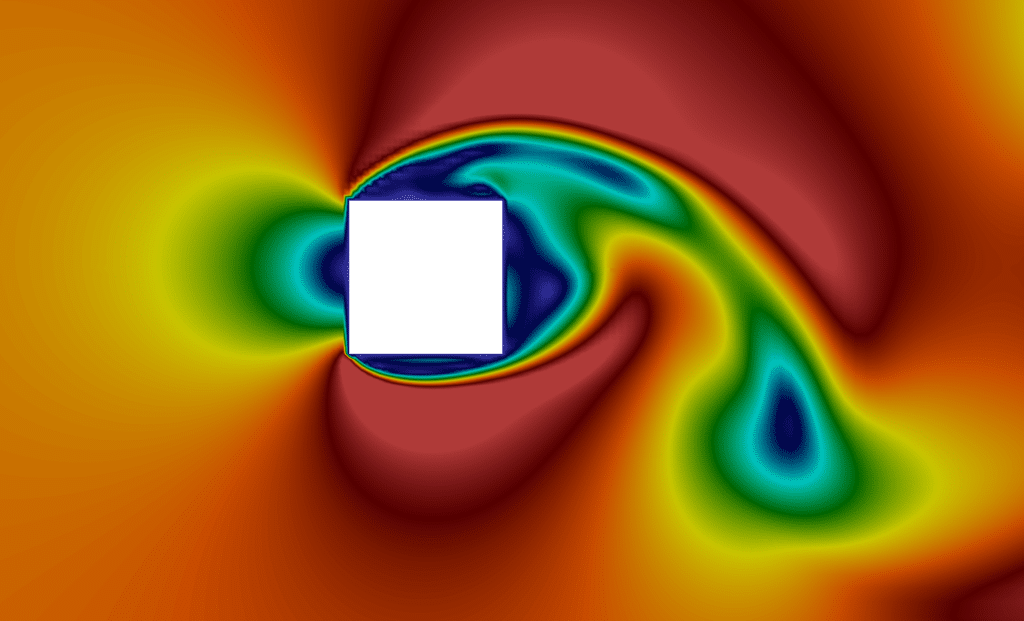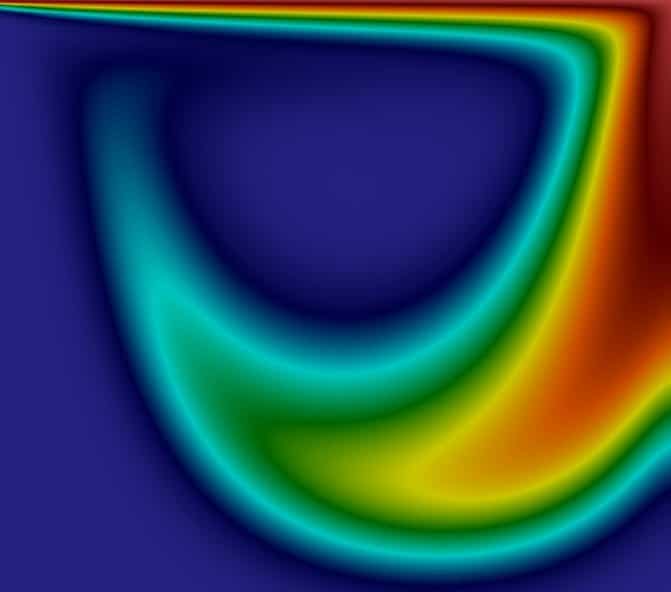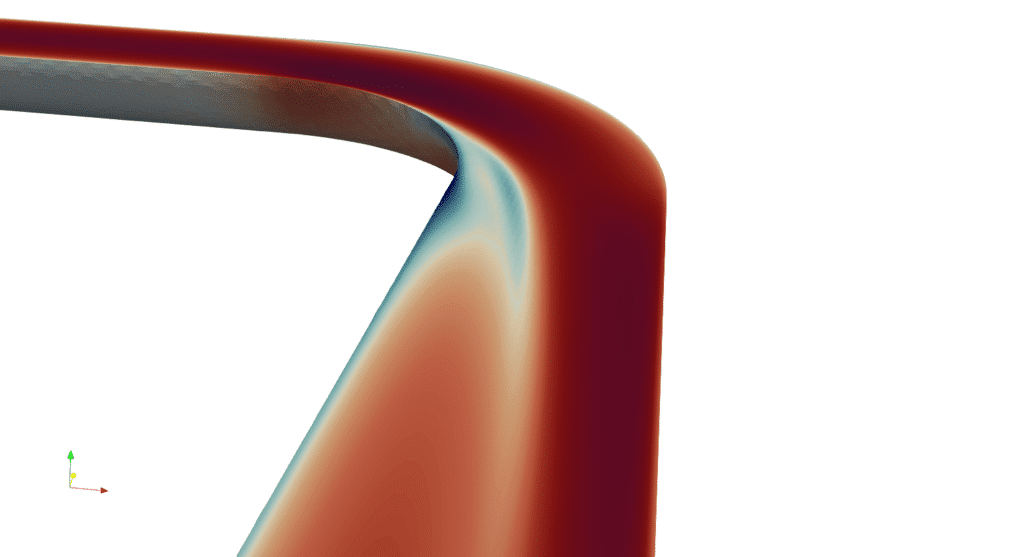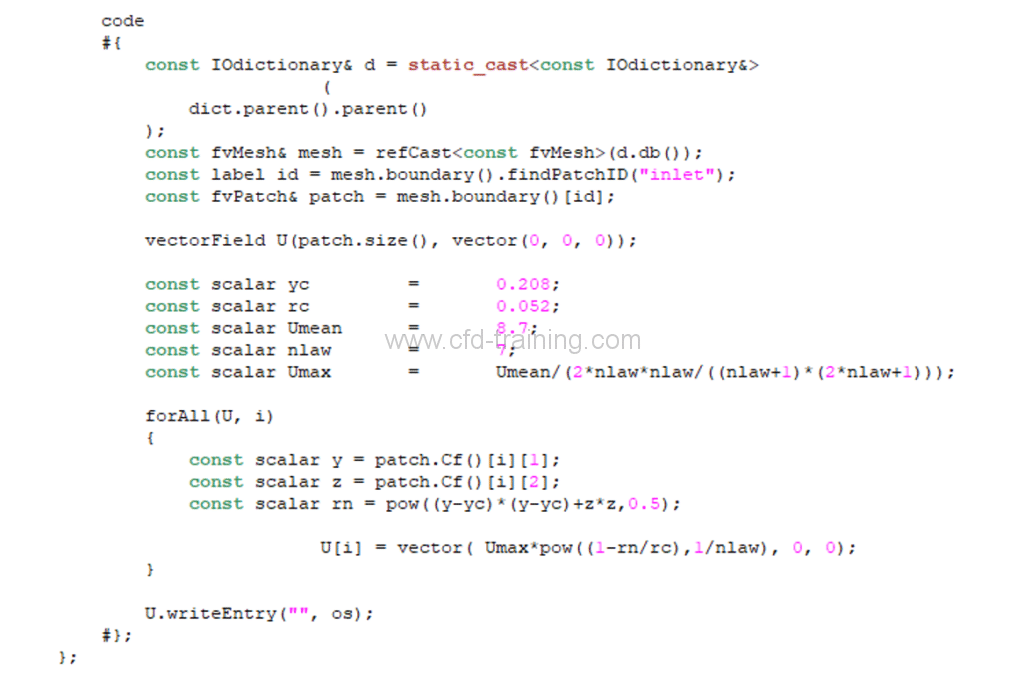How to use cfMesh ? A first tutorial based on the Ahmed body
How to use cfMesh ? A first tutorial based on the Ahmed bodyThis article focuses on the well-known Ahmed body test case and cfMesh v1.1. The case files can be downloaded for free (link at this end of this post). Introduction cfMesh is a mesher developed by Franjo Juretić (https://cfmesh.com/) and incorporated in OpenFOAM® (ESI-group…
Laminar flow backward facing step flow
Laminar Backward Facing Step flowThis article focuses on a well-known fluid mechanics problem called “Backward facing step flow” Introduction The problem of flow in the vicinity of a step is a well-known benchmark for validating CFD codes and estimating the performances of turbulence models. It has the main objective of studying the phenomenon of boundary…
Numerical modeling of Rayleigh-Taylor instabilty vith interFoam
Numerical modeling of Rayleigh-Taylor instability with interFoam solverThe objective of this post is to illustrate an the numerical modeling of Rayleigh Taylor’s instability with OpenFOAM® and the interFoam solver (biphasic VOF incompressible laminar/turbulent anisotherme solver). Introduction The Rayleigh-Taylor instability is an instability of the interface separating two immiscible fluids ; the densest of which rests…
Vortex shedding behind a square with pimpleFoam
Vortex shedding behind a square at Re = 50000The purpose of this post is to illustrate a vortex shedding application in the case of a square obstacle. The OpenFOAM® solver used is pimpleFoam solver (based on the PIMPLE pressure / velocity coupling algorithm). The mesh is generated with blockMesh and the results are post-processed with…
How to add a passive scalar to your OpenFOAM simulations
How to add a passive scalar to your OpenFOAM® simulationsThe purpose of this post is to show how to add a passive scalar to your simulations without modifying a given solver. This feature is, for example, very useful when trying to track the concentration of inert species. The tutorial Cavity The Cavity tutorial is part…
simpleFoam – Turbulent flow in a 90 ° bend
Turbulent flow in a 90° bend The flows in pipe (straight, bent …) are involved in many industrial processes such as heat exchangers and cooling systems, piping etc. Experimentally this type of flow was largely studied in the 1980s in rectangular pipe (pressure loss measurements, velocity fields with Pitot tube …). In 1998 Sudo et…
Non uniform inlet profil with codedFixedValue;
Non uniform inlet profil with codedFixedValueIn most commercial codes (CFX, FLUENT, STARCCM + …) it is relatively easy to introduce a non-uniform profile for a boundary condition. For example, in case of a fully developed laminar at pipe entrance. It is possible to perform equivalent modeling with OpenFOAM® using the codedFixedValue boundary condition. The purpose…
Automatic mesh refinement using OpenFOAM®
How to use dynamicRefineFvMesh library using OpenFOAM® OpenFOAM® has a library (dynamicRefineFvMesh) allowing to realize an automatic mesh refinement during the computation process. This library is used with solvers containing “DyM” in their name (pimpleDyMFoam, interDyMFoam ..). For this article, we will illustrate the possibilities offered by this library with the interDyMFoam solver (version compatible…
